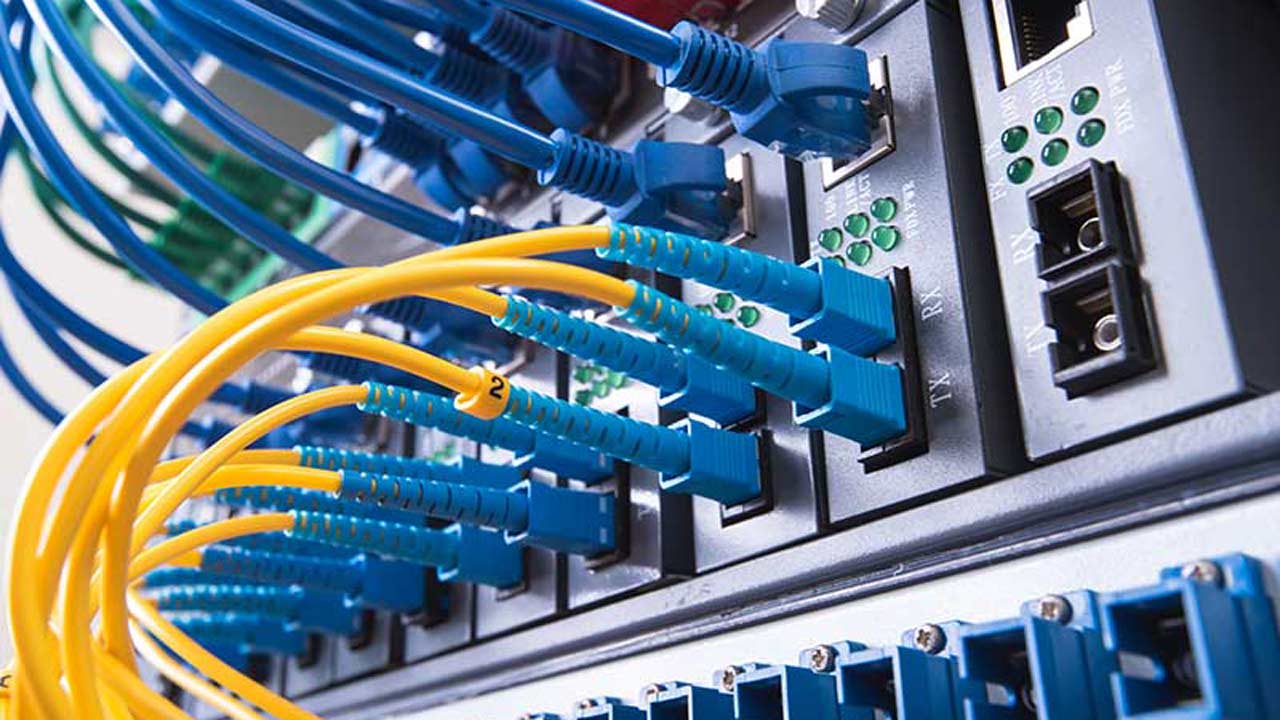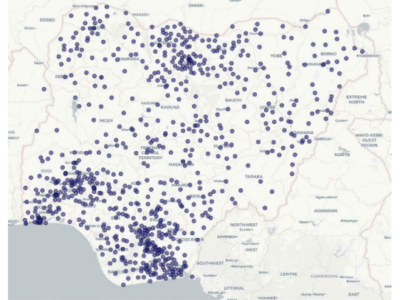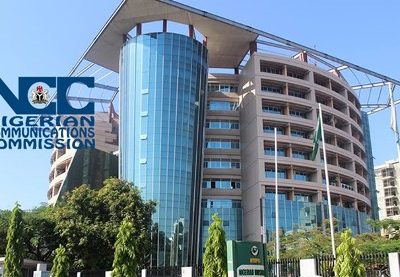- 3,703 fixed-line broadband deals in 219 countries were analysed by broadband market experts at Cable.co.uk between 2 January 2023 and 1 March 2023
- The UK came in a lowly 76th cheapest in the global table (USD 34.20), around four times the cost of broadband in war-torn Ukraine (USD 7.87)
- Western Europe as a region was expensive more generally, with no country in the region making it into the top 50 cheapest places in the world to get broadband
- Sudan currently offers the world’s cheapest fixed-line broadband, with an average monthly cost of just USD 2.30 per month, thanks in part to a collapse in value of the Sudanese Pound (SDG) against USD
- Burundi is the world’s most expensive country to get a broadband package, with an average package price of USD 383.79 per month
- The United States is one of the most expensive developed Western nations at 146th place overall, and an average package cost of USD 59.99 per month
- Meanwhile, three of the top five cheapest countries were in the Commonwealth of Independent States or CIS, including Kazakhstan, along with Moldova and Belarus
- Northern America fared worst overall with all four of its countries in the lower half of the table, and the highest average package price for the region as a whole (USD 104.33)
- Cable.co.uk’s global telecoms research is regularly featured in leading publications around the globe including the BBC, the World Economic Forum, NBC, Al Jazeera, The Guardian, Bloomberg, Fortune, The Washington Post, The New York Times, LA Times, Quartz, Vice, Mashable and many more, as well being cited by politicians around the globe, and by fact-checking organisations such as Fullfact.org
- You can download the full data set, along a detailed research methodology, and various graphics and interactive tools via this study’s landing page – Publishers: Please link to this page if you intend to use our data
Data from 3,703 broadband packages in 219 countries were gathered and analysed by Cable.co.uk between 2 January 2023 and 1 March 2023.
Sudan offers the world’s cheapest broadband, with an average cost of USD 2.30 per month. The African nation of Burundi is the most expensive place in the world to get fixed-line broadband, with an average package price of USD 383.79 per month.
RELATED: Broadband still costly in Nigeria, rest of Africa
27 countries were measured in the Asia (ex. Near East) region, which has an average price of USD 35.38. This global region covers a vast expanse and as such pricing runs the full length of the table from top to bottom. The cheapest packages were found in seventh-place Iran (USD 9.35), 8th-place Nepal (USD 9.46), and 10th-place India (USD 10.11). The most expensive countries in the region were Bhutan (USD 120.38), Timor-Leste (USD 107.33) and Hong Kong (USD 80.51).
The Baltics, comprising three countries, ranked entirely within the top 90, coming in fourth-cheapest overall regionally, with a regional average price of USD 23.59. Latvia fared best in 24th place overall, with an average price of USD 15.44. Lithuania followed, in 38th place overall with an average price of USD 18.97. Estonia trailed in third position, in 84th place overall and an average of USD 36.37 per month.
The Caribbean is a region of island nations where the average cost of fixed broadband tends to be high. The average package price is USD 81.95, with most countries featuring in the more expensive half of the table. The cheapest countries in the region were Cuba (USD 29.51, 66th), Dominican Republic (USD 38.70, 89th), and Martinique (USD 42.47, 97th), while the Turks and Caicos Islands (USD 199.00, 216th), the British Virgin Islands (USD 179.00, 213th), and the Cayman Islands (USD 156.39, 211th) were the most expensive.
Most Central American countries found themselves sitting in the middle of the league table. The region as a whole has an average package price of USD 42.89, but there is a wide price difference across the area. Mexico is cheapest (USD 31.05, 68th), followed by Ecuador (USD 35.28, 80th), and Bolivia (USD 36.09, 83rd). Meanwhile, the most expensive average prices in the region are found in Honduras (USD 55.00, 127th), El Salvador (USD 54.99, 126th), and Panama (USD 52.57, 122nd).
Of the 12 CIS nations in the table, with the exception of Turkmenistan, all can be found in the top 50 cheapest in the table, making it the cheapest region in the world for broadband. The region had an average monthly price of USD 14.99. The cheapest nations were Kazakhstan (USD 5.11, 2nd), Moldova (USD 7.03, 3rd), and Belarus (USD 7.34, 4th). In comparison, the most expensive countries in the region were Turkmenistan (USD 45.80, 109th), Tajikistan (USD 23.85, 49th) and Armenia (USD 16.84, 29th).
There are 14 qualifying countries in the Eastern Europe region, all of which are in the top half of the table, with one (Romania) making it into the top ten, and 11 others in the top 50. Overall the region averages USD 19.22 per month, making it the second cheapest region in the world. The cheapest three were Romania (USD 7.57, 5th), Bulgaria (USD 12.71, 16th) and Kosovo (USD 12.76, 17th). The most expensive three were Slovenia (USD 42.54, 98th), Czechia (USD 24.04, 51st), and Montenegro (USD 23.41, 48th).
The 15 countries in the Near East measured for this year’s broadband pricing league span the entire table. The average price for the region is USD 51.77. The cheapest countries were Turkey (USD 13.17, 18th), Lebanon (USD 18.53, 35th) and Syria (USD 25.22, 53rd). The most expensive were the United Arab Emirates (USD 111.21, 198th), Oman (USD 93.30, 190th) and Saudi Arabia (USD 88.32, 186th).
The six countries in Northern Africa all feature in the cheapest half of the table, with three countries in the top 40. The average price in the region is USD 22.57. The cheapest was Egypt (USD 9.67, 9th), followed by Tunisia (USD 14.53, 21st), and Libya (USD 18.68, 36th). The most expensive was Senegal (USD 39.56, 91st), followed by Morocco (USD 32.47, 71st) and Algeria (USD 20.51, 42nd).
Four countries were recorded in Northern America, and all of them sit in the bottom half of the table. The region as a whole has an average price of USD 104.33, making it the most expensive region in the world. Canada was cheapest (USD 58.14, 136th), followed by the United States (USD 59.99, 146th) and Greenland (USD 114.19, 199th). Bermuda was the most expensive in the region (USD 185.00, 214th).
Of the 15 qualifying countries in Oceania, most were in the bottom half of the table. The region has an overall average price of USD 90.80. The cheapest in the region was New Caledonia (USD 32.49, 72nd), with New Zealand in second place (USD 50.81, 119th), and Australia (USD 53.93, 125th) in third. The most expensive in the region was Christmas Island (USD 146.53, 210th) followed by Solomon Islands (USD 139.09, 209th) and Samoa (USD 135.18, 208th).
The 11 countries measured in South America span from the upper to the lower end of the table, with a regional average price of USD 60.24. The cheapest broadband in South America can be found in Colombia (USD 14.38, 20th), Argentina (USD 16.84, 30th), and Paraguay (USD 19.48, 39th). The most expensive packages on average are in Suriname (USD 269.44, 218th), the Falkland Islands (USD 134.38, 206th), and French Guiana (USD 59.06, 142nd).
44 countries were measured in Sub-Saharan Africa, most of which sit in the bottom half of the league table. The average cost per month in the region is USD 75.50. Going against the trend were Sudan (USD 2.30, 1st place, cheapest in the world), the Republic of Congo (USD 16.82, 28th), and Eswatini (USD 19.50, 40th). At the other end of the table, the most expensive was Burundi (USD 383.79, 219th, the most expensive country in the world), followed by Zimbabwe (USD 210.00, 217th) and Democratic Republic of Congo (USD 193.46, 215th).
The 29 countries measured in Western Europe span the middle to the lower end of the table, with none in the top 50 and two in the bottom 50. The regional average price of USD 50.87 makes it the seventh cheapest of the 13 global regions overall. The cheapest in the region was Malta (USD 27.41, 59th), followed by Italy (USD 28.69, 64th) and Portugal (USD 31.67, 69th). The most expensive was Norway (USD 87.36, 185th), followed by the Faroe Islands (USD 83.59, 179th) and Iceland (USD 78.04, 170th).
In a previous report, Cable.co.uk analysed over 1.1 billion broadband speed tests to rank 220 countries by the average internet speed they offer. Cable.co.uk has also measured the cost of 1GB of mobile phone data in 233 countries, and the price of electricity in 230 countries. Cable.co.uk also analysed the effect of the COVID-19 pandemic lockdown periods on global broadband speeds in 2020.
Commenting on the findings of the research, Dan Howdle, consumer telecoms analyst at Cable.co.uk, said:
“It is not altogether too surprising that the most advanced, developed nations tend to have some of the most expensive broadband. After all, earnings are higher, and investment and rollout of new technologies tends to be ahead of the curve. Or so one would think.
It is interesting, however, that the cheapest broadband in the world tends to be in Eastern Europe and CIS nations. These countries tend to have some of the most advanced infrastructure (high % full fibre FTTP coverage), and are somehow able to offer it to users at very low prices.
In a way it obliterates the notion that regions such as Western Europe and North America pay more because of the cost of rolling out new technologies, and actually points more readily to the idea that people in these countries are made to pay more simply because they can be.”





























